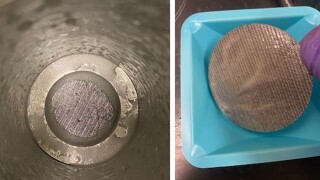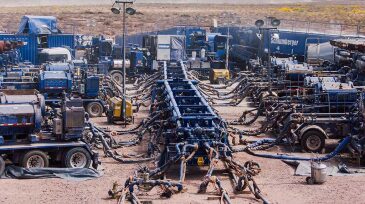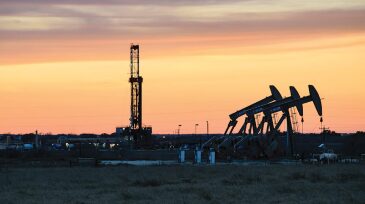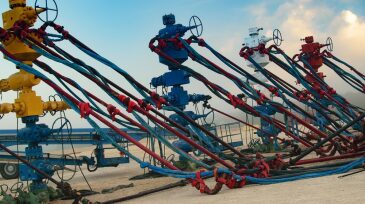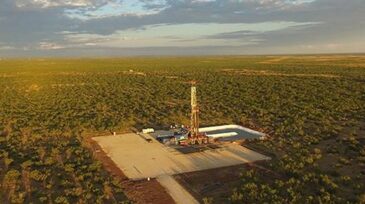Fracturing/pressure pumping
Technology developers expect the tight-oil industry to give lightweight proppants another look after the Permian Basin’s biggest operator becomes an adopter.
In this third work in a series, the authors conduct transfer-learning validation with a robust real-field data set for hydraulic fracturing design.
This paper describes development of a high-temperature water-based reservoir drill-in fluid using a novel synthetic polymer and customized with optimal chemical concentrations and sized calcium carbonate.
-
Average production from Bakken wells completed more than 3 years after they were drilled was approximately equal to wells drilled a year before they were put into service, according to a study by the US Energy Information Administration.
-
If you can see it, then maybe you can control it. This sums up the latest quest that the unconventional engineering community embarked upon to get a better understanding of proper well spacing and how fractures really interact.
-
This paper presents a data set involving the pumping of multiple, unique chemical tracers into a single Wolfcamp B fracture stage.
-
The shale sector is studying the results of a 23-well experiment in the southeastern corner of New Mexico to learn what the wider implications might be.
-
A fracturing test site in West Virginia has quietly made a data trove available on the website of the Marcellus Shale Energy and Environment Lab.
-
Pressure pumping equipment has been one of the most neglected areas of technological advancement. This has started to change as innovative developers push out new technologies that are slowly modernizing fracturing fleets, delivering major fuel savings, and creating other tangible efficiencies.
-
Findings from Kayrros suggest the average Permian well is both less productive and more expensive than reflected in public data.
-
The green light for Santos Energy’s drilling program in the McArthur Basin comes after a moratorium on hydraulic fracturing in the Northern Territory was lifted in 2018.
-
Getting water is a big issue for those who fracture wells, as is the disposal of it. The number of companies investing in water facilities and reuse, though, remains a minority.
-
Permian Basin operators and service companies met to discuss completions diagnostics, flowback strategies, water management, and artificial lift strategies.



